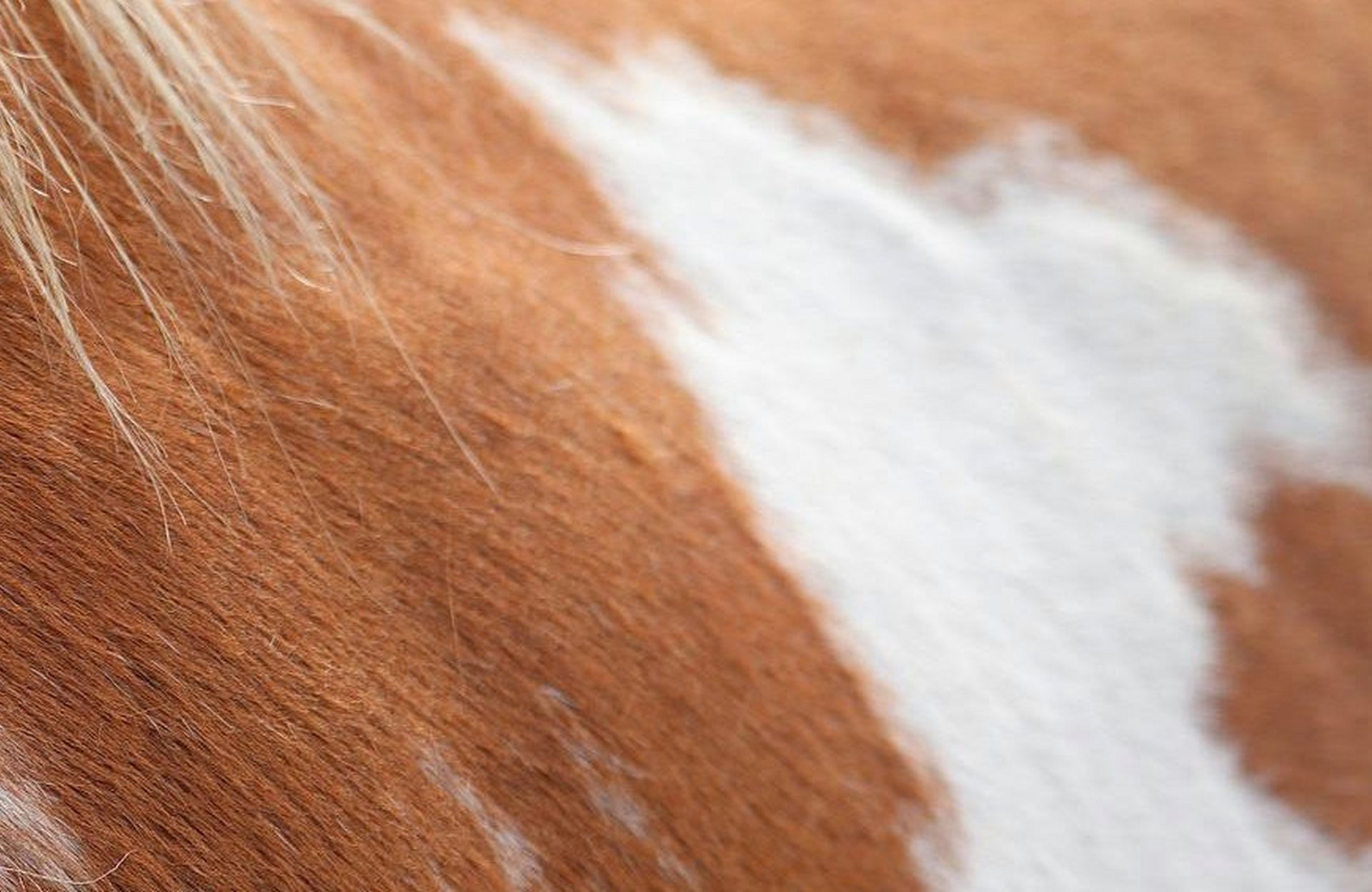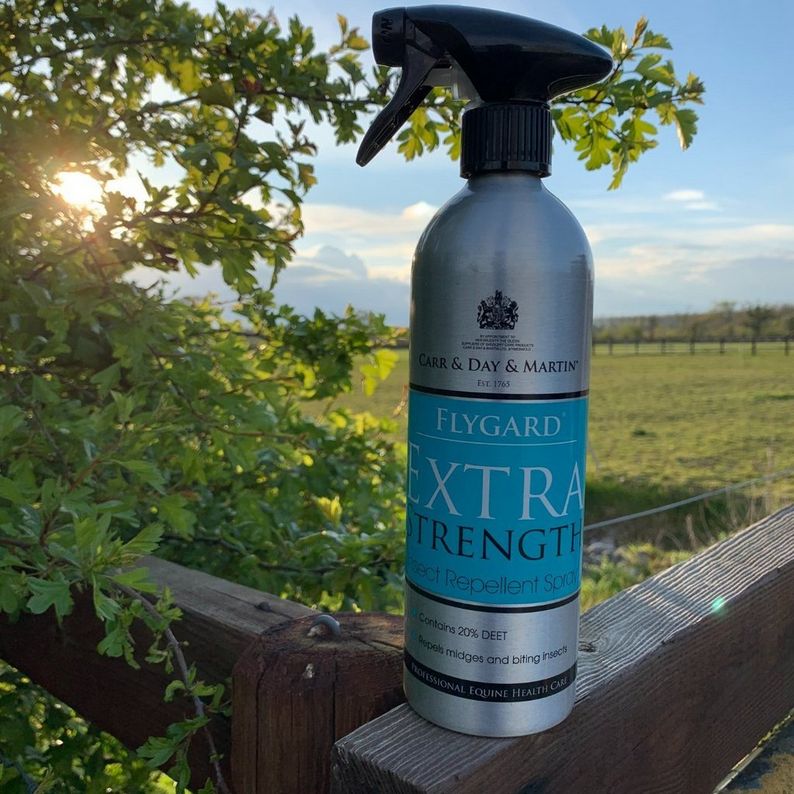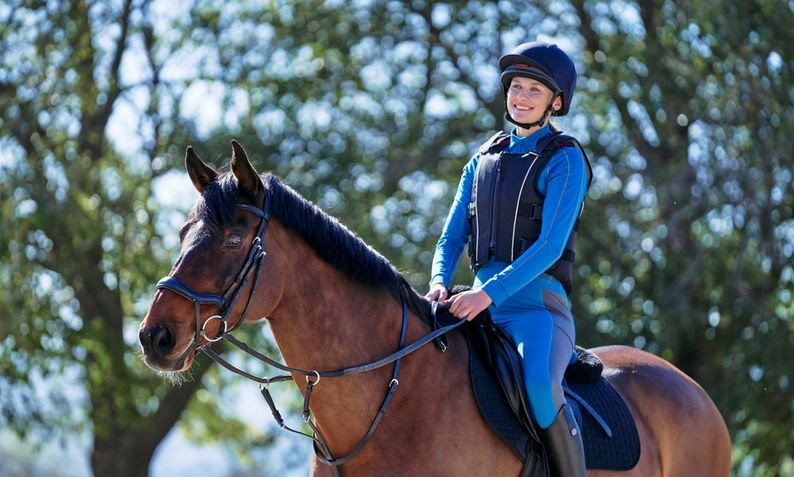
Once upon a time, sarcoids were almost unheard of, problematic for just the unlucky few. Sadly though, it’s now believed that they account for around 40% of all equine cancers - affecting 2-8% of horses here in the UK. A scary statistic, there’s simply no hiding from this increasingly common ailment. You know what they say though, knowledge is power! So, here we’re going to be finding out a bit more about sarcoids and how the condition can be managed.
Sarcoids In Horses
What are sarcoids?
First and foremost, what is a sarcoid? Sarcoids are locally invasive, cancerous skin tumours. It’s easy to panic when anyone says the word cancer, but sarcoids don’t spread to the internal organs. Because of this, they’re rarely life threatening. Research into equine sarcoids is still very much in its infancy, however it’s believed that they’re caused by the Bovine Papillomavirus, responsible for warts in cows. It’s thought that this is spread through the bites of infected flies, introducing the virus into the horse’s body. It is possible that some horses have a genetic predisposition to developing sarcoids, however they can affect any horse, donkey or even zebra, regardless of their breed, age or gender.
Sarcoids is the general name given to a number of different tumour types, characterised by their appearance, location, aggressiveness and severity:
- Occult: Occult sarcoids are easy to mistake for ringworm. They’re relatively flat, causing hair loss and a scaly, flaky skin texture. They most commonly occur on the face and inner thighs. These often grow and spread slowly, the least invasive and aggressive of the sarcoid types.
- Verrucose: Similar in appearance to warts or thick scabs, verrucose sarcoids are irregular in shape and usually extend deeper into the skin than occult sarcoids.
- Nodular: As the name suggests, these are much more defined round lumps. These occur underneath the skin and more often than not, the skin that covers these appears pretty normal. These generally only become ulcerated and sore if aggravated by flies or tack. Common areas for these to occur include the arm pits, groin and eyes.
- Fibroblastic: Fibroblastic tumours are large fleshy masses. These are ununiform in appearance, but are easily identifiable by their ulcerated appearance, which often causes them to bleed. Fibroblastic sarcoids are very aggressive, growing rapidly and spreading locally.
- Malevolent: This is the most aggressive type of sarcoid but thankfully, the rarest. They grow very quickly, causing local inflammation. Not only do they spread through the skin but also the lymphatic system, developing cords of tumour tissue and resulting in drastic ulceration.
Many horse’s with sarcoids have what’s known as ‘mixed sarcoids’. This essentially means that they have more than one of the types above.
Checking Your Horse For Sarcoids
In theory, sarcoids can appear anywhere on the body. That being said, the most common sites are the ears, eyes, muzzle, chest, armpits, girth line, groin and thighs. Each time you groom it’s great practice to visually inspect these areas for signs of wounds or changes. We’d also suggest running your hands over your horse’s skin to feel for anything that you might have missed. This can help you to spot sarcoids early, not to mention loads of other ailments too! If you do find something amiss, contact your vet and arrange an appointment for a diagnosis before proceeding to any form of treatment.
Treatment of Sarcoids
While it would be nice, there’s no one size fits all cure. Part of the trouble with sarcoids is that they’re unpredictable, no two seem to behave the same! Partially as a consequence of this, there’s a whole host of treatment options out there, including Liverpool Cream, laser removal, ligation (banding) and cryotherapy. Sarcoids are notorious for becoming more aggressive if mishandled, so always contact your vet for a tailored treatment plan.
Managing A Horse with Sarcoids
Unfortunately, it’s widely accepted that “Once a sarcoid horse, always a sarcoid horse!” This doesn’t necessarily mean that treatment won’t work or that you’ll never be rid of them, it does however mean that it’s important to be super mindful! Here’s a few things you can do to help during and after treatment, providing your vet is in agreement:

Fly Prevention
Flies are the enemy! Flies aggravate existing sarcoids and can cause them to worsen and spread. It is also believed by some that they can transfer the virus to your horse’s pasture mates. Because of this, it’s really important to keep your horse fly free. We’d recommend investing in a good quality full face fly mask, a combo neck fly rug with a belly flap, fly spray and fly gel. It’s also a good idea to turn out at night and where possible, leave your horse stabled during the day.

Immune Support
While sarcoids don’t necessarily make our horses feel unwell, it’s thought by some that providing them with added immune support can improve their probability of successful treatment. The first step towards this is ensuring that their diet is correct, meeting all of their nutritional requirements. For this, it’s important to provide plenty of good quality forage, an appropriate feed balancer and constant access to clean fresh water. You may then also wish to introduce a supplement such as:
Global Herbs Immuplus: Containing Holy Basil, Winter Cherry and Amla, it acts as a powerful anti-oxidant to support natural healing.
NAF Echinacea Plus: Ideal for fussy feeders requiring an immune boost, this palatable liquid supplement contains quality echinacea, one of the most highly regarded herbs to help support the immune system.
Shop SupplementsWe hope you never need this information, but that it was useful if you do! If you have any further questions about sarcoids, we encourage you to reach out to your vet for their professional opinion. For advice on fly care products and supplements, you can contact our customer service team on 01706 507555 or give us a message on Facebook or Instagram and we’ll get back to you.

